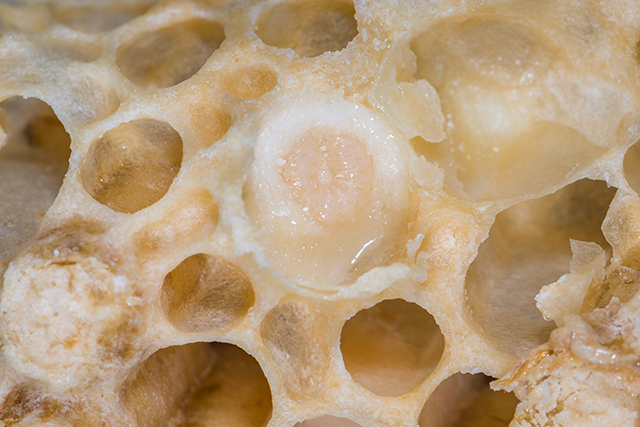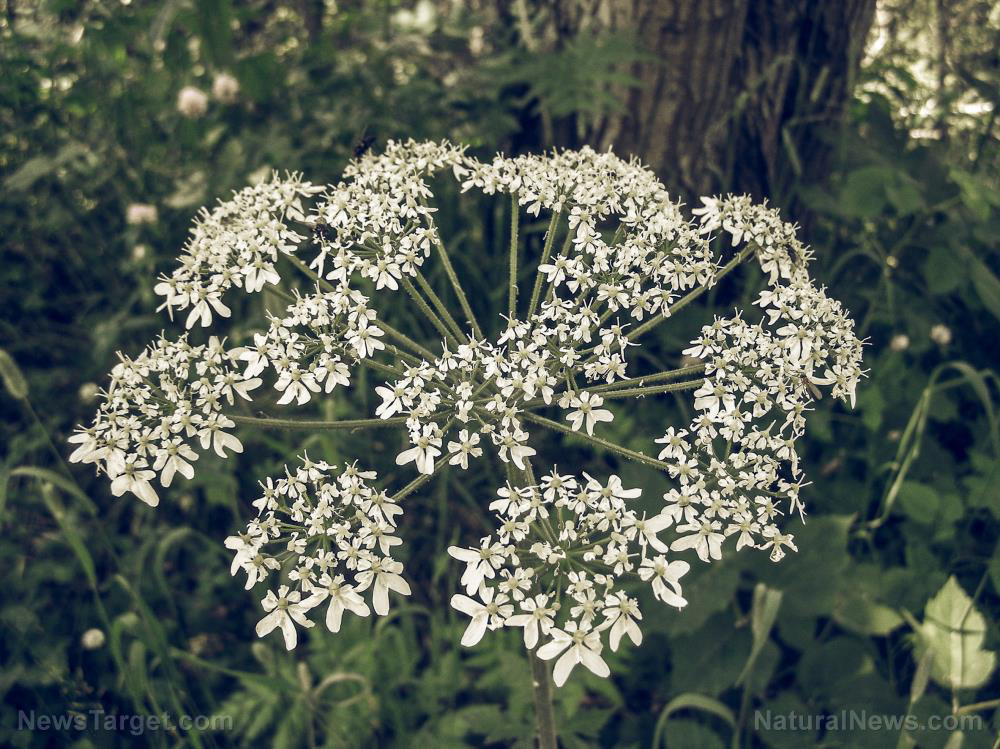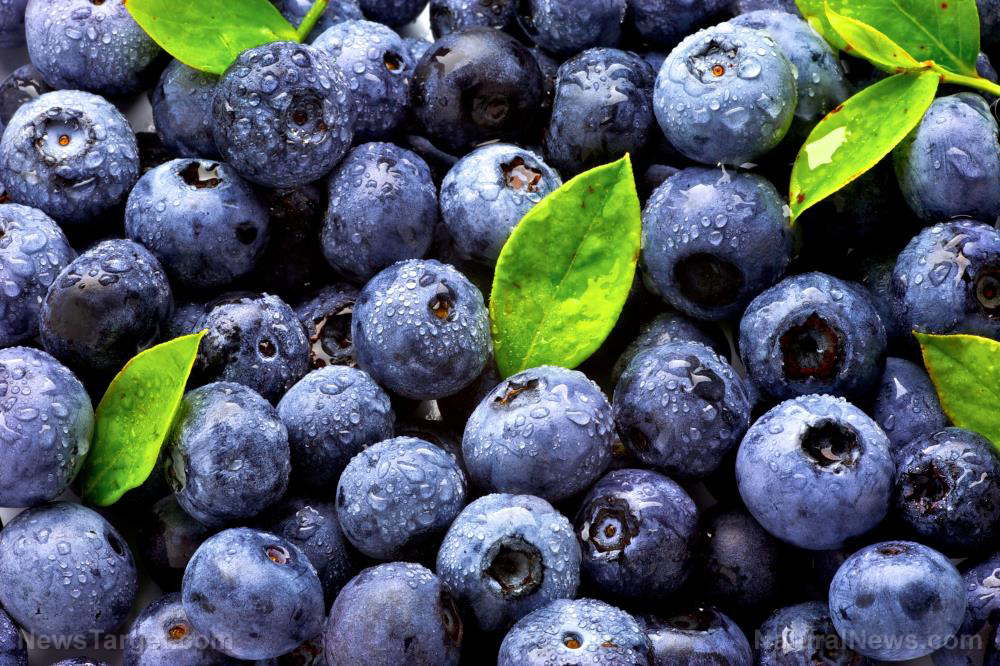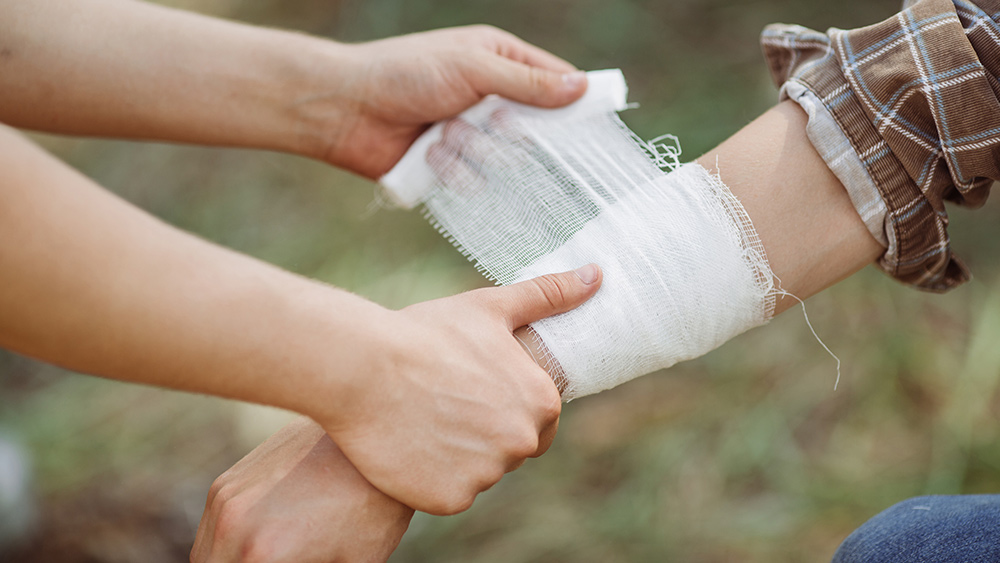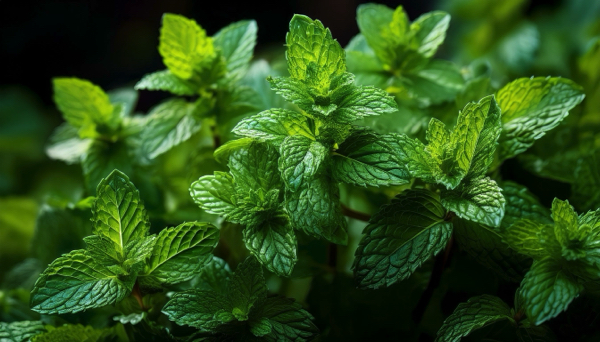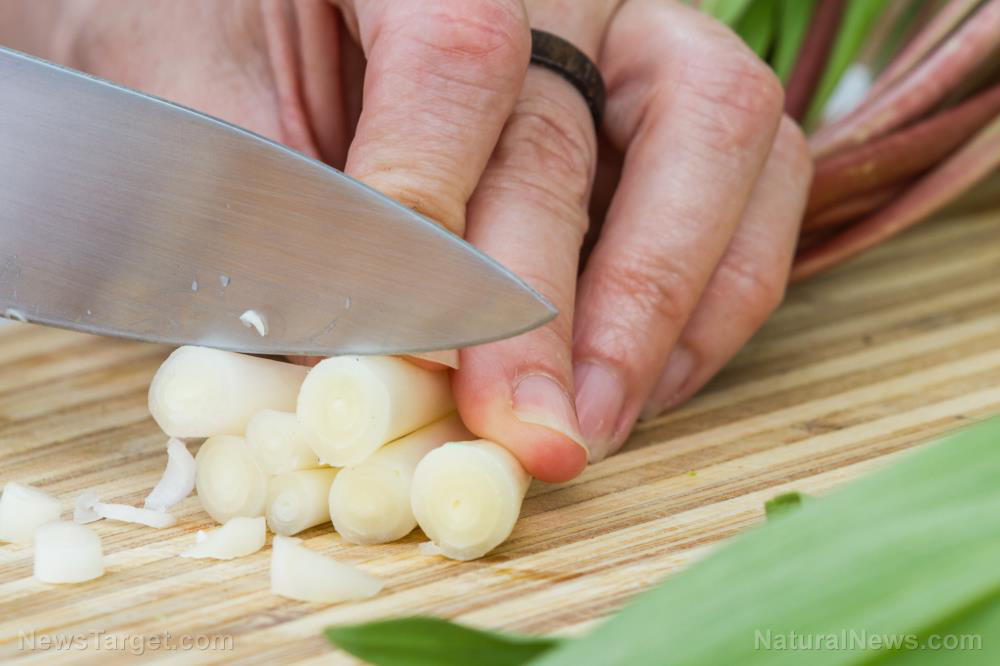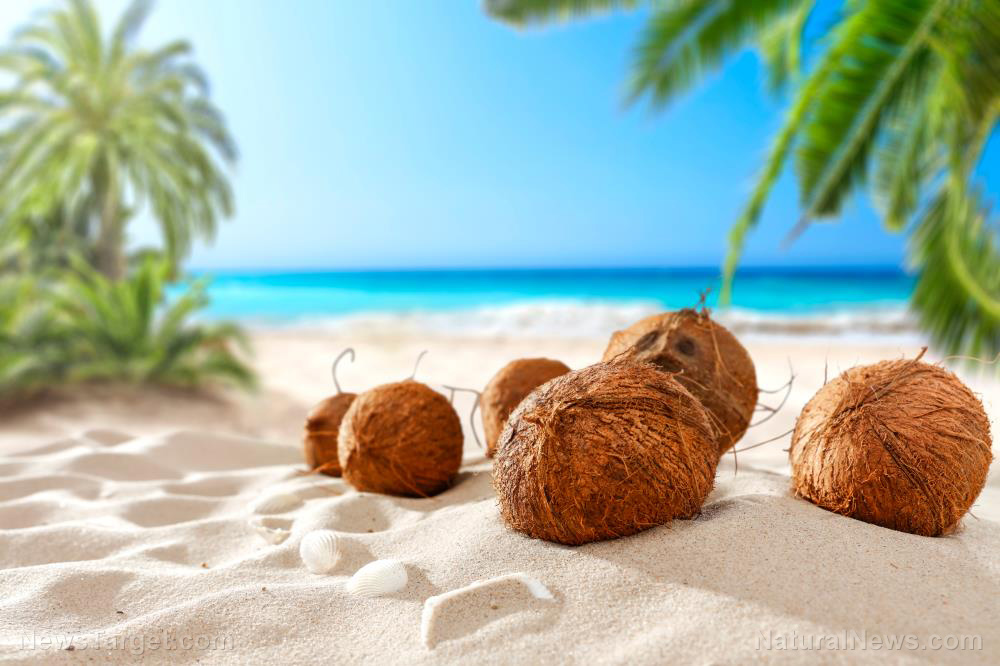Pineapple’s amazing healing properties revealed
02/14/2024 / By News Editors

Enjoyed the world over as something of an icon of the tropical experience, the pineapple was used in indigenous medicine for a wide range of ailments; uses that are only now being confirmed by modern scientific methods
(Article republished from GreenMedInfo.com)
While most know pineapple as an exceptionally delicious tropical fruit, indigenous peoples used it to treat a variety of ailments. Unfortunately, much of this intimate plant knowledge was considered by early anthropologists to be based on mere “superstition” and subsequently disregarded, so few in the modern world have been made aware of its formidable healing powers.
Thankfully, research on the medicinal properties of pineapple has steadily accumulated over the past few decades, to the point where the conventional medical system has been compelled to take notice.
Bromelain, for instance, is a protein-digesting enzyme extract from the pineapple plant, and has even been found to be superior to the highly toxic chemotherapy agent 5-fluorouracil as an anti-tumor agent in preclinical research.[i] [For more details, see our article on the topic: Research: Pineapple Enzyme Kills Cancer Without Killing You]
This remarkable compound, concentrated primarily within the stem (i.e. fibrous core), which is often wastefully discarded, has been researched for the following potential medicinal applications:
- Allergic Airway Disease[ii]
- Asthma[iii]
- Breast Cancer[iv]
- Breastfeeding Problems: Poor Milk Production/Quality[v]
- Colitis[vi] [vii]
- Colon Cancer[viii]
- Constipation: Post-operative[ix]
- Debriding Agent[x]
- Dyspepsia[xi]
- Edema[xii]
- Glioma (Brain Cancer)[xiii]
- Immune Disorders: Low Function[xiv]
- Inflammation[xv] [xvi] [xvii] [xviii]
- Irritable Bowel Disease[xix]
- Influenza[xx]
- Liver Damage[xxi]
- Lung Cancer[xxii] [xxiii]
- Melanoma[xxiv]
- Myocardial Infarction (Heart Attack)[xxv]
- Osteoarthritis of the Knee[xxvi]
- Sinusitis[xxvii]
- Skin Cancer[xxviii] [xxix] [xxx]
- Tendon Injury[xxxi] [xxxii]
- Thrombophlebitis[xxxiii]
- Thrombosis (pathological clot)[xxxiv] [xxxv]
How To Eat Pineapple To Get The Benefits of Bromelain
Bromelain extracts are actually composed of a variety of substances, including peroxidase, acid phosphatase, calcium, and protease inhibitors. But the main active ingredients are two enzymes known as fruit and stem bromelain, respectively. Keep in mind that bromelain’s potential therapeutic activity, depends entirely on how you take it. When consumed on an empty stomach, the plant’s enzyme will enter the blood and exert systemic action. When consumed with food, its activity will mostly be expended on helping the body to break down dietary proteins, easing the body’s digestive burden.
Bromelain is an example of something we eat that actually eats us back. Commonly used as a meat tenderizer, when used appropriately it can tenderize our overly inflamed and fibrin-congested muscles and connective tissues with its enzymes.
Word of Caution: Bromelain’s fibrinolytic properties can contribute to thinning the blood, so those on blood-thinning medications must be careful, especially when consuming part of the bromelain-rich core. Also, bromelain has the ability to enhance the absorption of other nutrients and drugs due to its ability to modulate intestinal permeability. This can be a good thing, for instance, if one is trying to absorb more of a therapeutic herb or nutrient, but a bad thing if one does not wish to disrupt the delicate pharmacokinetics of the bodily absorption and distribution of potent drugs.
The Part Is Not Superior To The Whole
Keep in mind that the benefits of whole pineapple cannot be reduced down to a singular constituent such as bromelain, no matter how impressive. The pharmaceutical model only goes so far when applied to natural substances. As with most things in the realm of whole food nutrition, the whole is more than the sum of the parts. Pineapple juice and leaves, for example, have additional benefits not found in bromelain alone:
- A Rich Source of Dietary Melatonin: Pineapple has been identified to be one of the richest sources of dietary melatonin tested (beating out orange and banana), capable of causing significant blood level elevations, peaking two hours after ingestion.[xxxvi]
- Pineapple Leaf Has Anti-Diabetic Properties: All parts of the pineapple plant have potential value. The leaf has been studied to have insulin-sensitizing and/or anti-diabetic properties.[xxxvii] [xxxviii]
- Pineapple Leaves May Beat Cholesterol-Drugs: Preclinical research indicates that pineapple leaves may modulate cholesterol synthesis and activity in a manner similar to statins, but likely without the over 300 known adverse health effects of the statin drug chemical class.[xxxix]
- Pineapple Juice Deactivates Rotavirus Transmission: Pineapple juice, due to its low pH and other constituents in the juice, has been found to be effective at inactivating rotavirus, while honeydew and papaya juice failed. [xl]
Whether you are fascinated by the research, simply enjoy the amazing taste and feel of pineapple, or its juice, we can be certain of one thing: food and medicine are inseparably bound within this amazing plant.
Read more at: GreenMedInfo.com
Submit a correction >>
Tagged Under:
alternative medicine, bromelain, disease treatment, food cures, food is medicine, food science, fruits, functional food, health science, natural cures, natural healing, natural health, natural medicine, organics, phytonutrients, Pineapple, remedies
This article may contain statements that reflect the opinion of the author
RECENT NEWS & ARTICLES
consumerwellness.info is a fact-based public education website published by consumerwellness.info
All content copyright © 2023 by consumerwellness.info
Contact Us with Tips or Corrections
All trademarks, registered trademarks and servicemarks mentioned on this site are the property of their respective owners.




